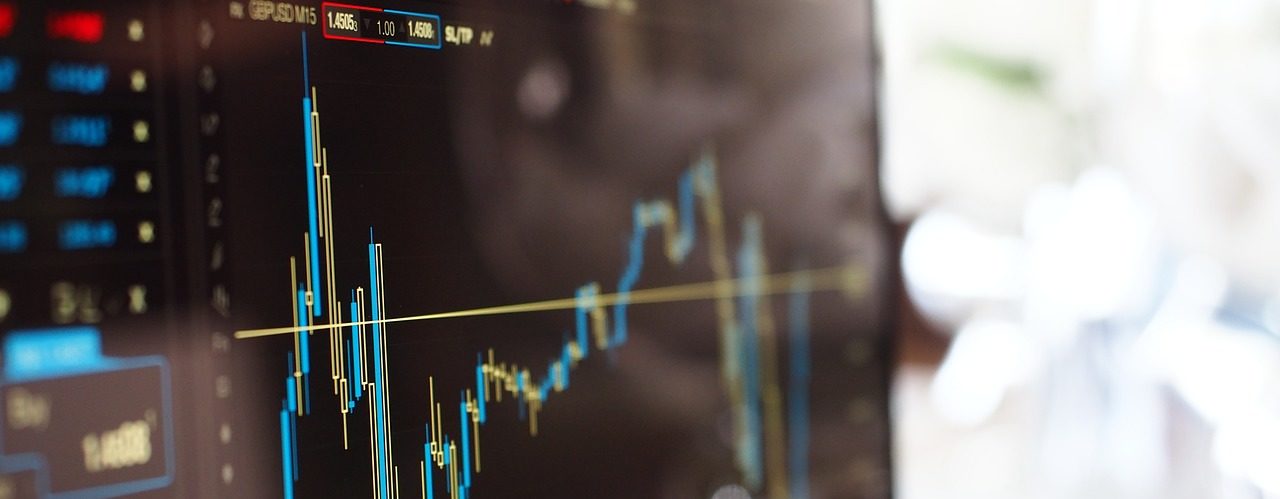MARKET INSIGHT – August 2024
MARKET INSIGHT
Prime Partners’ monthly analysis of global economic and financial market news.
US rate cuts finally in sight
The end of a saga, the start of a new phase in the economic cycle. Halfway through the summer, that could be the description of the current period after many quarters during which the markets have regularly focused on the attitude and every word uttered by the members of the US Federal Reserve. The progress made on the inflation front for over a year now places Jerome Powell in a more comfortable position than before to most likely proceed with his first rate cut in September.
After the somewhat outlandish expectations of six to seven rate cuts that some major industry pundits had outlined at the start of the year for 2024, there is no doubt that a little more reason should now prevail. For our part, we anticipate a gradual process of interest rate normalization over the next eighteen months, with periods of observation by central bankers and guided by inflation and economic growth figures.
July was not all about interest rates and central bankers, far from it. There was plenty of political news. After President Macron’s surprise dissolution of the French National Assembly last month, the United States was the scene of major developments. Following a botched televised debate by President Biden against his rival Donald Trump, the latter narrowly escaped an assassination attempt on July 13 at a campaign rally. This series of events ended up reshuffling the cards in the race for the US presidential election, leading to the announcement of Joe Biden’s withdrawal from the electoral contest and the emergence of the current Vice-President of the United States, Kamala Harris. Needless to say, this represents a major political turning point for the world’s leading power, and will certainly bring greater uncertainty as to the future occupant of the Oval Office. Donald Trump’s faltering initial opponent is leaving the field to a candidate with a totally different profile and fewer obvious angles of attack.
Despite a number of indicators pointing to a moderate slowdown in the economy during the month, the recent release of US GDP for Q2 once again surprised by its strength
Stock market indices have been equally lively in recent weeks. While the first ten days of July resembled a leisurely summer stroll, a violent sector rotation set in but failed to trigger a correction in the strict sense of the term. Technology and, in particular, the semiconductor segment were among the hardest hit, reacting to Alphabet’s Q2 figures. Although far from bad, these results clashed with the extremely high expectations of investors, who have become very greedy.
By contrast, the numbers were disappointing for several players, particularly in the luxury goods and automotive sectors.
The rotation did not produce only losers, and benefited the healthcare sector in particular, with some major companies (Novartis, Roche, AbbVie) reporting excellent results. Ditto for banking stocks, whose Q2 releases showed solid activity, including in the M&A segment, which had long been sluggish after the wild ride of 2020.
This major shake-up also led to a spectacular comeback by US small- and mid-caps, with the Russell 2000 index gaining more than 10% in July. The latest economic figures for the United States, not least inflation, were close to the FED’s targets. We can now dismiss the idea of a further interest-rate hike and look forward, as indicated in the title of this leaflet, to a loosening of the monetary straitjacket.
At the same time, and despite a number of indicators pointing to a moderate slowdown in the economy during the month, the recent release of US GDP for Q2 once again surprised by its strength (2.8% vs. 1.9% expected). It was this combination of the confirmation of a less restrictive monetary policy in the future and the continuing strength of the US economy that enabled small- and mid-caps to come to life in July, after three years of underperformance relative to their S&P 500 peers.
European news was far less eventful, both politically and in terms of financial market developments. The French episode of uncertainty no longer seems to be the focus of investors’ attention (despite the lack of concrete progress on this issue), and sector rotation has been less abrupt. Given that technology accounts for a much smaller share of indices in Europe than in the U.S., and that current economic growth dynamics are less strong (making the ECB’s actions more easily readable), it would have been surprising to see a powerful rally in European small- and mid-caps. All we shall remember of the past month in Europe is the start of the Paris Olympics and a stock market performance close to zero.
Lastly, China has (still) failed to offer much in the way of new, or very positive, signs of recovery from the economic slump the country has been grappling with for many quarters. Unlike the United States, deflation and below-expectation economic growth loom large in the “Middle Kingdom”. The latest retail sales and producer price data remind us that China’s real estate crisis, very high levels of youth unemployment and massive overproduction in sectors heavily subsidized by the government (electric cars, solar panels) are serious threats to the country’s economy. We continue to avoid exposure to Chinese equities, whose performance this year has been lackluster.
In terms of asset allocation, and based on the July picture, we have no plans to modify our current portfolios. The addition (or reinforcement) of a small- and mid-cap exposure should take place very shortly, without however altering fundamentally our overall investment strategy.
We therefore remain confident in our allocations, which combine defensive assets (cash, US Treasuries and gold), niche bond strategies (high-yield bonds, emerging debt) and reasonable exposure to equities via active and passive strategies, both global and thematic (healthcare, technology and energy).
On the whole, the sector rotation of recent weeks has once again demonstrated the robustness of our portfolios. The multitude of factors influencing investor behavior, and the speed at which these elements can change, make frequent arbitrages hardly worthwhile, lest we end up sailing against the tide.
On the whole, the sector rotation of recent weeks has once again demonstrated the robustness of our portfolios
A key factor to watch in August will be the start of the earnings season, particularly for the major technology players. With expectations now very high, especially with regard to the tangible impact of artificial intelligence on balance sheets, it is a safe bet that the slightest disappointment will be heavily punished.
As far as bonds are concerned, we consider it advisable not to remain solely invested in bonds with very short maturities. Long-dated U.S. Treasuries and 10+ year (investment-grade) corporate bonds make sense in a portfolio on the eve of a period of declining rates.
There is an old saying: “Don’t mess with a good thing!”. This applies to our current positioning, in which the diversification implemented over the last few quarters and the quality of the instruments selected seem to us to constitute solid buffers in the event of turbulent markets.
Far from equating stability with a wait-and-see attitude, we will not hesitate to modify our positioning tactically in response to political, monetary or economic developments. Whether in the products we manage in-house or in selected external instruments, we will continue to be highly responsive. In this respect, we would point out that we have always attached great importance to the liquidity of the investments we hold. Such liquidity is the key to our flexibility. As temperatures soar on the shores of Lake Geneva at this time of the year, there is no doubt that our investments will remain cool-headed over the summer months.

